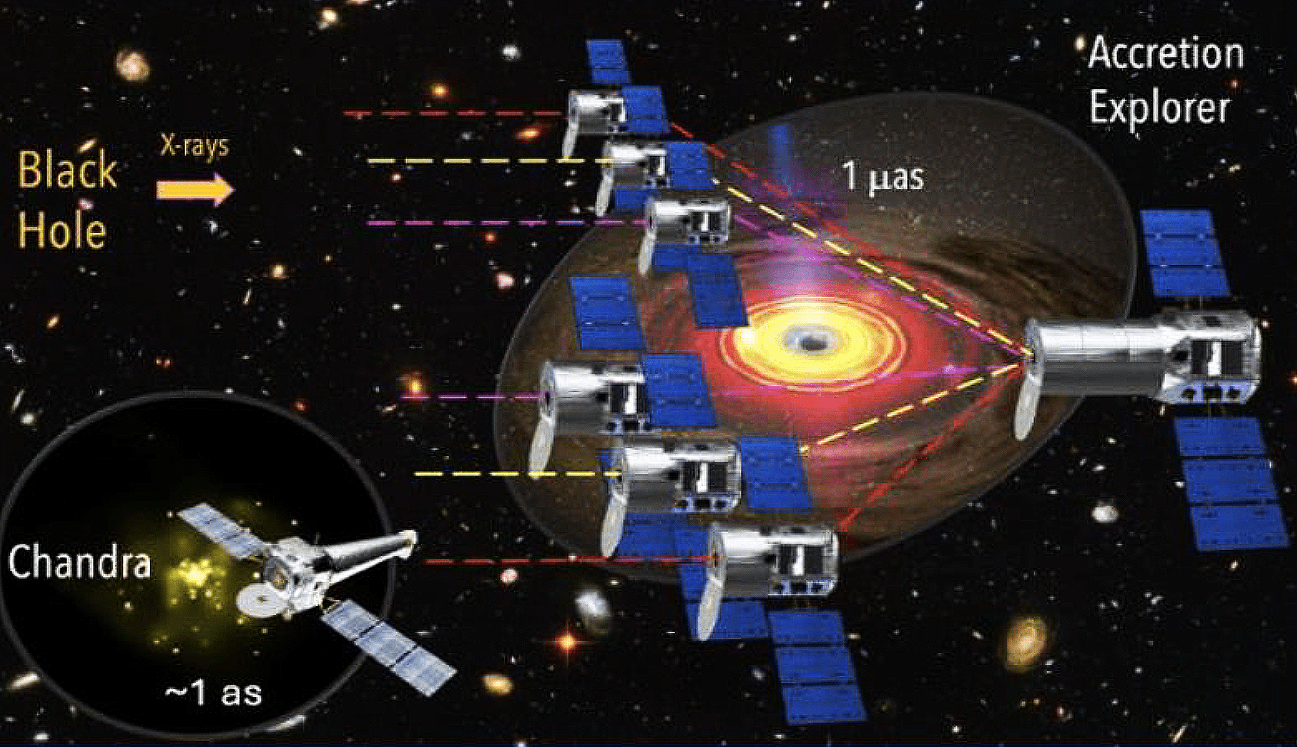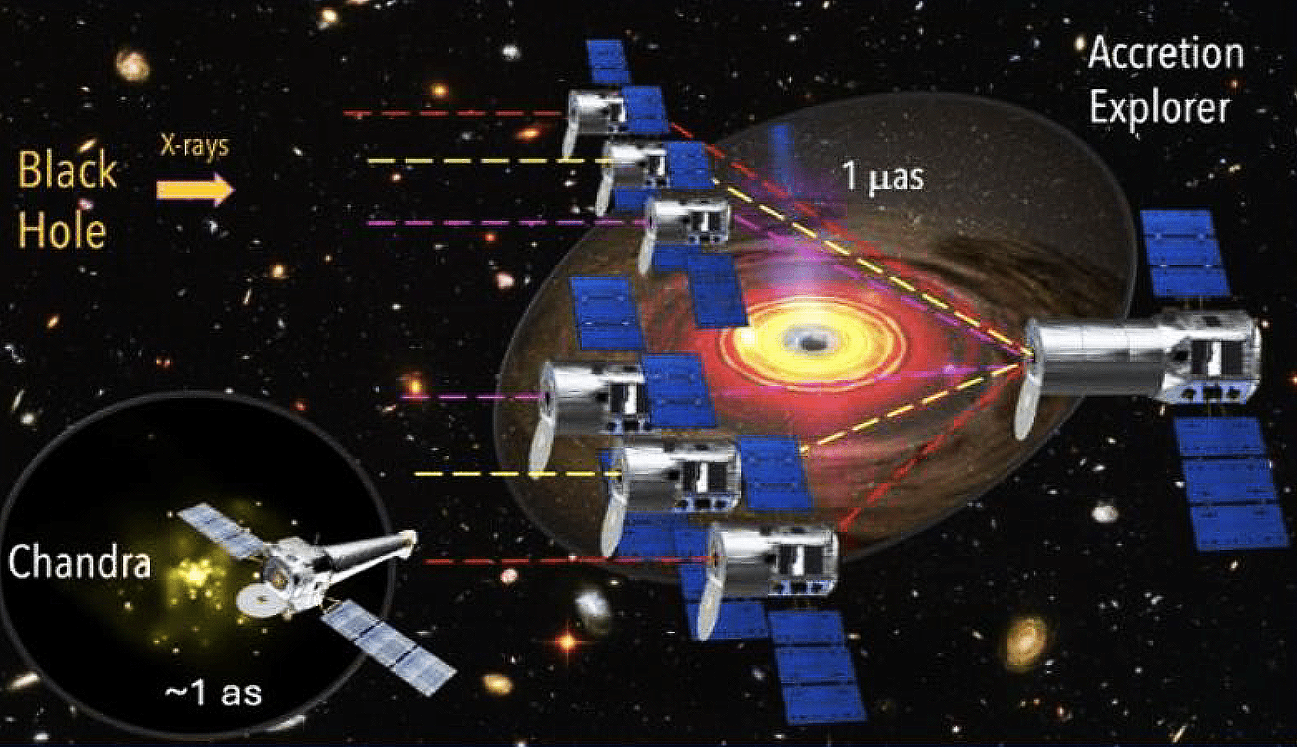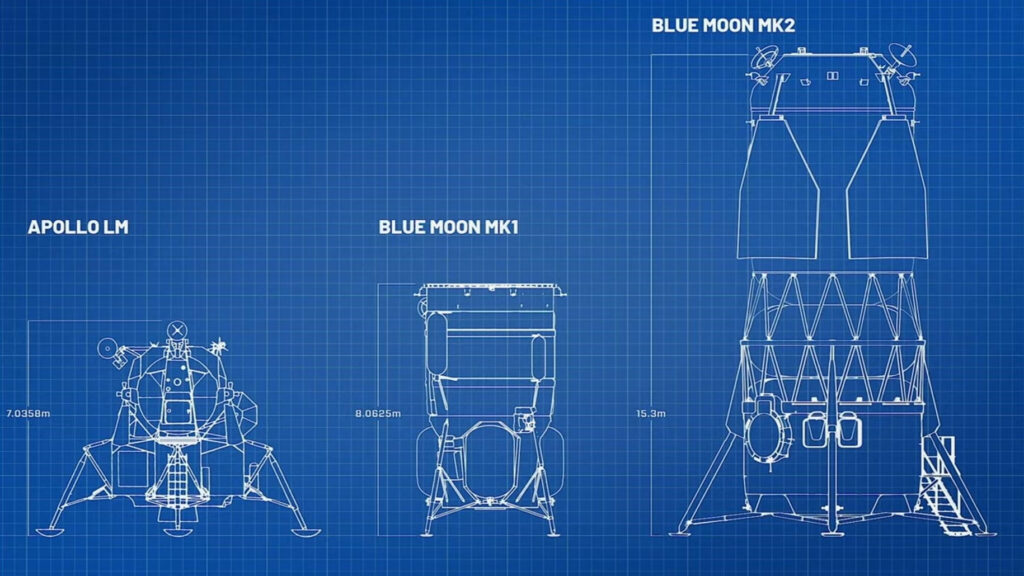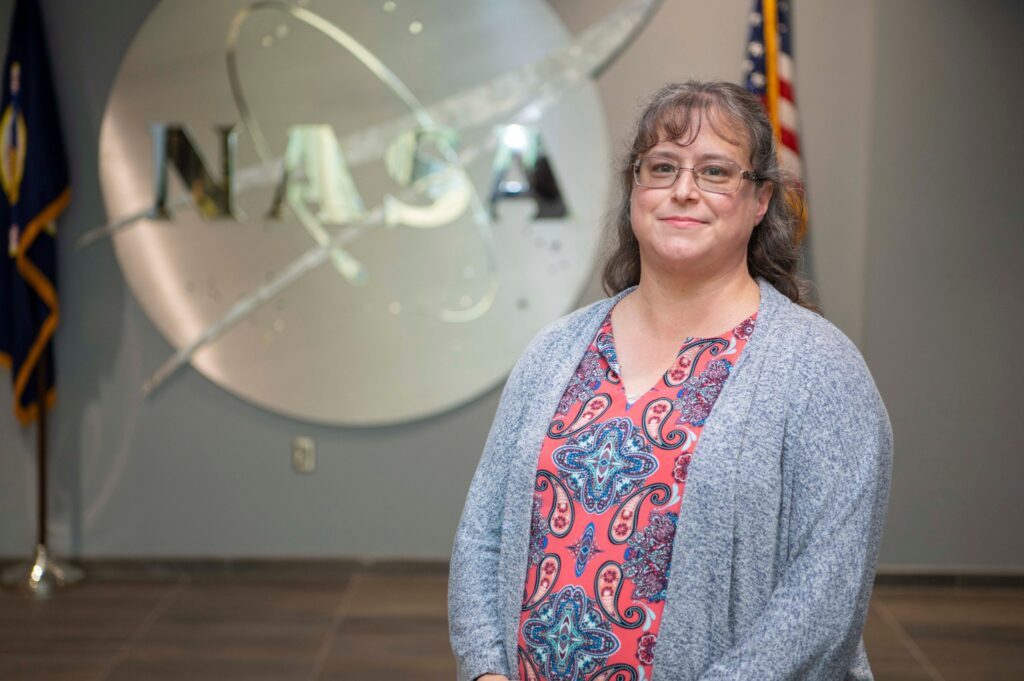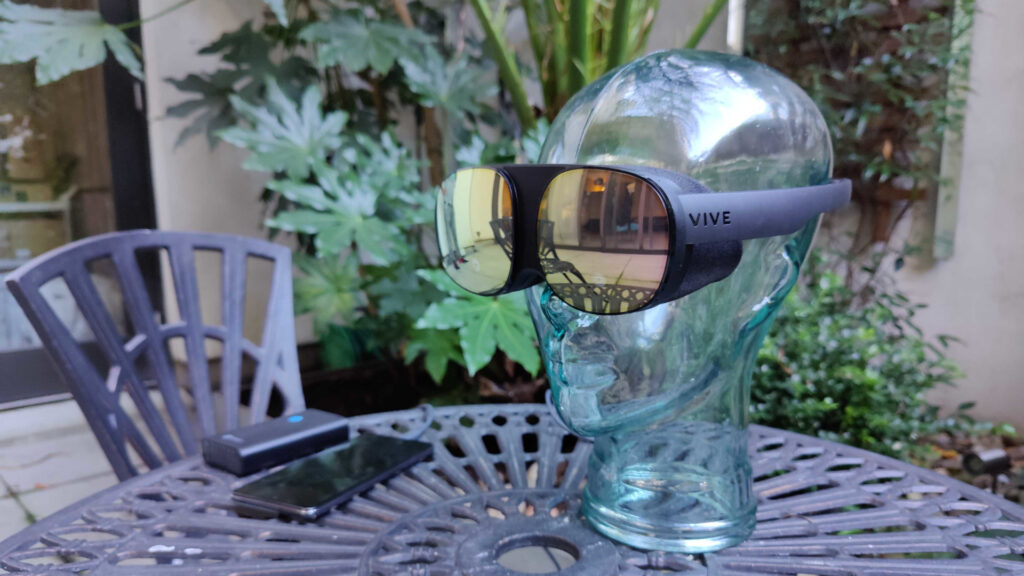3 min read
Preparations for Next Moonwalk Simulations Underway (and Underwater)
Kimberly Weaver
NASA Goddard Space Flight Center
Some of the most enigmatic objects in the Universe are giant supermassive black holes (SMBH). Yet after 30 years of study, we don’t know precisely how these objects produce their power. This requires observations at X-ray wavelengths. The state-of-the-art for X-ray images is Chandra (~0.5-1 arcsecond resolution) but this is insufficient to image regions near SMBH where the most energetic behavior occurs. The Accretion Explorer (AE) is a mission architecture that will shatter new ground by creating X-ray images at scientifically crucial energies of 0.7-1.2 keV, 1.5-2.5 keV, 6-7 keV, up to 6 orders of magnitude better than Chandra, and will offer imaging at 4-5 orders of magnitude better than JWST (IR) and HST(optical/UV). The specific X-ray energy bands we are proposing to cover contain vital X-ray line signatures that can distinguish between SMBH activity and stellar processes. The AE NIAC concept would be a game changer for NASA and astrophysics. X-ray interferometry will challenge and change the conversation around future mission possibilities for NASA’s flagships. It will also influence the Astrophysics 2030 Decadal Survey and will significantly contribute to our scientific knowledge base in astrophysics and other fields. AE has tremendous potential to generate enthusiasm for future missions and the potential to build advocacy to support it within NASA, society, and the aerospace community.
Alternative approaches to ultra high-resolution X-ray imaging technology are not currently being funded. Our study will focus on a large free-flying X-ray interferometer. We will design a multiple spacecraft system that provides the architecture to align individual mirror pair baseline groupings provided by individual collector spacecraft, with the pointing precision to achieve micro-arcsecond resolution. Our study will assess the required pointing stability and determine optimal ways to nest and mount the collecting mirror flats within mirror modules. We will assess the required size for the detector array(s) to accommodate the wavelength coverage for detecting fringes, study how images will be created from fringes, and produce a simulated image from a design with accompanying optical element tolerance tables. We will document alternative approaches, how new factors substantially differentiate AE from prior efforts for X-ray interferometry, and identify technical hurdles.
As a result of performing this study, there are notable engineering benefits that can contribute to space missions, even if the concept is shown to be infeasible. These include establishing how small baseline interferometers can be flown with less risk in terms of spacing and tethering mirror modules, studies of very high levels of pointing precision for space-based interferometers, and extreme stability on target. Producing a simulated image from this design with accompanying tolerance tables can inform other space-based interferometry designs.
